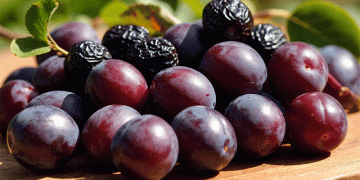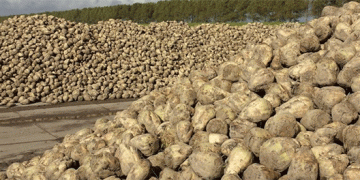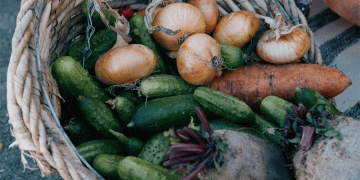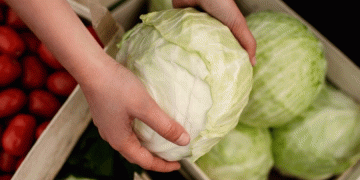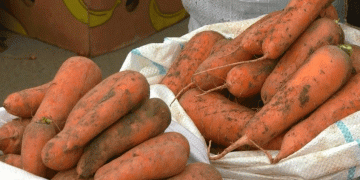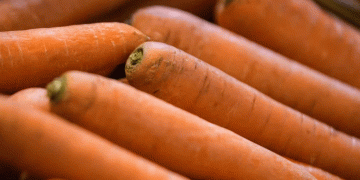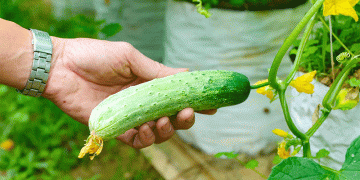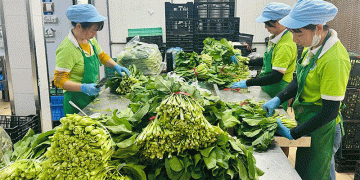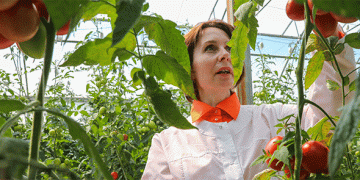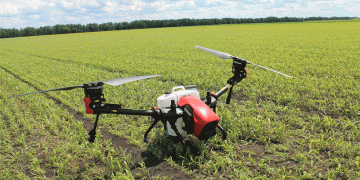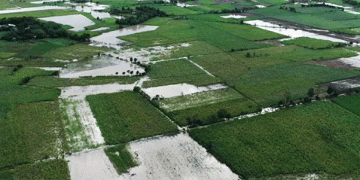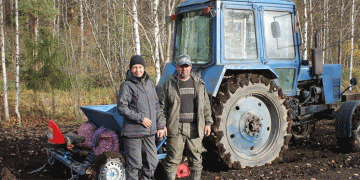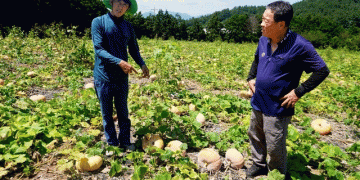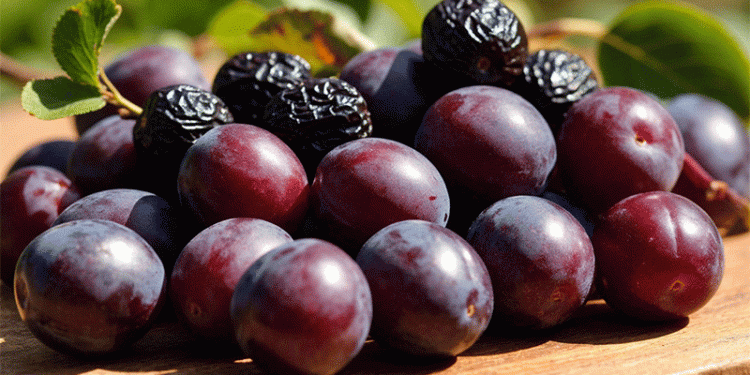Hungary’s Fruit and Vegetable Association (FruitVeB) estimates this year’s plum harvest at 40,000–50,000 tons, well below the typical 60,000 tons in normal years. The country’s production outlook is split:
- Northeast regions (half of cultivation area): Average to good yields expected.
- Bács-Kiskun, Pest, and Transdanubia (major growing zones): Weak yields due to early flowering and frost damage.
Key Challenges Impacting Yield
- Early Frost Damage
- Early blooming in central/western regions exposed trees to spring frosts, reducing fruit set.
- Drought Stress
- Prolonged dry weather caused atmospheric drought, stunting growth and causing fruit drop in sensitive varieties.
- Declining Cultivation Area
- Plum orchards have shrunk from 8,000 hectares a decade ago to under 6,000 hectares today.
Research & Development Initiatives
To combat these challenges, the Hungarian Chamber of Agriculture (NAK) and the MATE Research Institute have launched a joint R&D project focusing on:
✔ Frost-resistant rootstocks
✔ Improved irrigation strategies for drought-prone areas
✔ Modern orchard management to enhance productivity
Market & Export Implications
- Domestic supply may tighten, potentially raising local prices.
- Exports could decline, affecting trade to key EU markets.
- Opportunities for processed plum products (dried, jams) to offset fresh market losses.
While Hungary’s 2025 plum harvest faces setbacks, the collaboration between farmers and researchers offers hope for long-term solutions. Adapting to climate extremes through advanced rootstocks and irrigation will be crucial for sustaining the industry.
